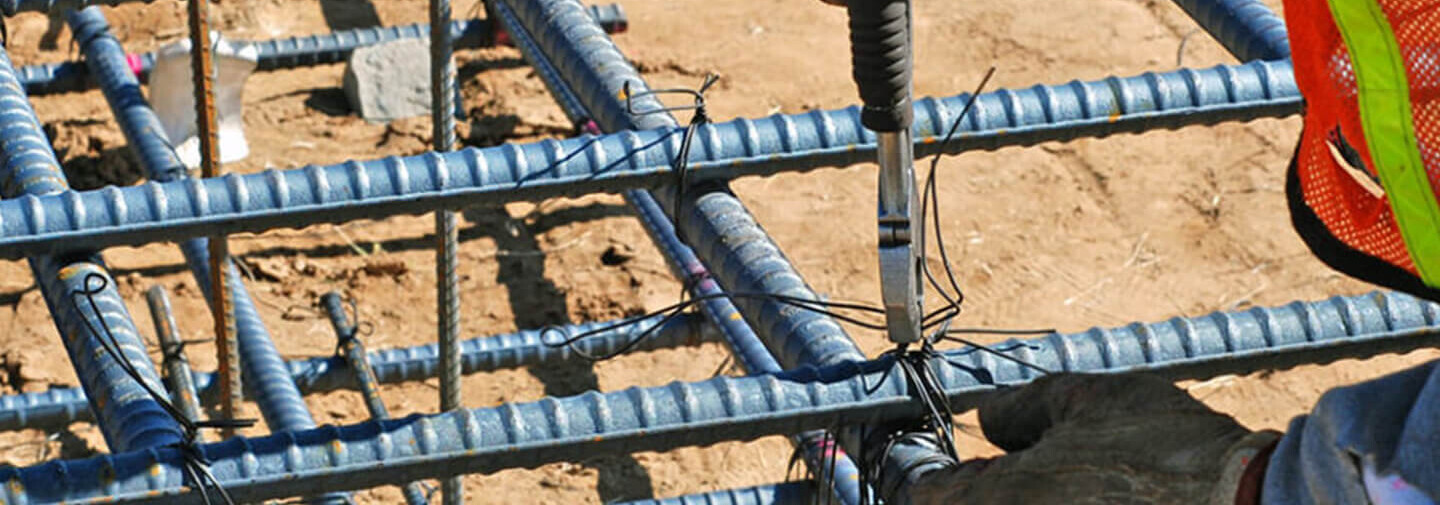Material shortages have put many construction companies around the world in a somewhat perilous position. Unfortunately, things do not look likely to return to normal for quite some time, and the effects of recent events are projected to leave a lasting legacy on the industry.
Although the worldwide pandemic had little effect on construction material prices in 2020, things changed in 2021 and many types of materials saw significant increases. Some goods shot up by more than 20 percent in just months, pushing construction companies up to the edge of their profit margins. In Australia, leading crises such as trades workers shortages and devastating bushfire catastrophes have stemmed the flow of much-needed materials in many areas, making project completion a real conundrum for contractors and companies of all sizes.
Professionals in the construction industry must take a proactive stance towards planning out purchases and navigating shortages to come. Here’s how you can do so today:
Revise your contracts
Most materials shortage contracts are not fit for purpose in the current socio-economic environment. Material provisioning clauses drawn up during times of relative stability are of little use to contractors now that almost everything they need is in short supply and prices are sky-high. Revisiting your contracts as soon as you possibly can and reevaluating the terms therein can help your company avoid unnecessary commercial risks without jeopardizing professional relationships with your clients.
Incorporating standalone clauses that apply to such circumstances as those we have seen over the last year can offset excessive risk while ensuring both parties involved remain on the same page about the construction process overall. Whether a hold-up at port puts pressure on your due-by dates or a lack of available purchasing options within an established price range invalidates your current plans, providing an explanation upfront on how unforeseen complications will be handled should keep your company sailing steadily over the international market’s troubled waters.
Plan ahead
Buying materials before you need them constitutes a risk in its own right. However, this can prove to be a useful tactic if approached in the right way. Managing the materials you have on hand may be nothing new to you, but handling larger amounts of materials over the short or mid-term opens you up to additional risk, as these can be lost or damaged while they are in storage.
This issue is compounded when it comes to acquiring necessary materials in advance with loaned funds. It is generally advisable for you to seek out an insurance plan for your purchased materials prior to taking out a loan to buy them. Should anything happen to your purchase later, you will be more capable of mitigating the downsides with a suitable insurance policy.
Cost Value Reconciliation (CVR)
When in doubt about a given project’s profitability, contractors and construction companies can turn to CVR or cost value reconciliation to help inform their decisions regarding seeing it through to the end. By measuring your business’s actual spending for a given project vs its projected spending budget at key points in the project’s timeline, you can more readily decide on which projects are worth working on and which ones ought to be left to some other company to complete.
Give the above strategies a try to take charge of your construction company’s performance during difficult times. With proper planning, even unprecedented shortages like those we are currently seeing can be mitigated and gracefully overcome.




